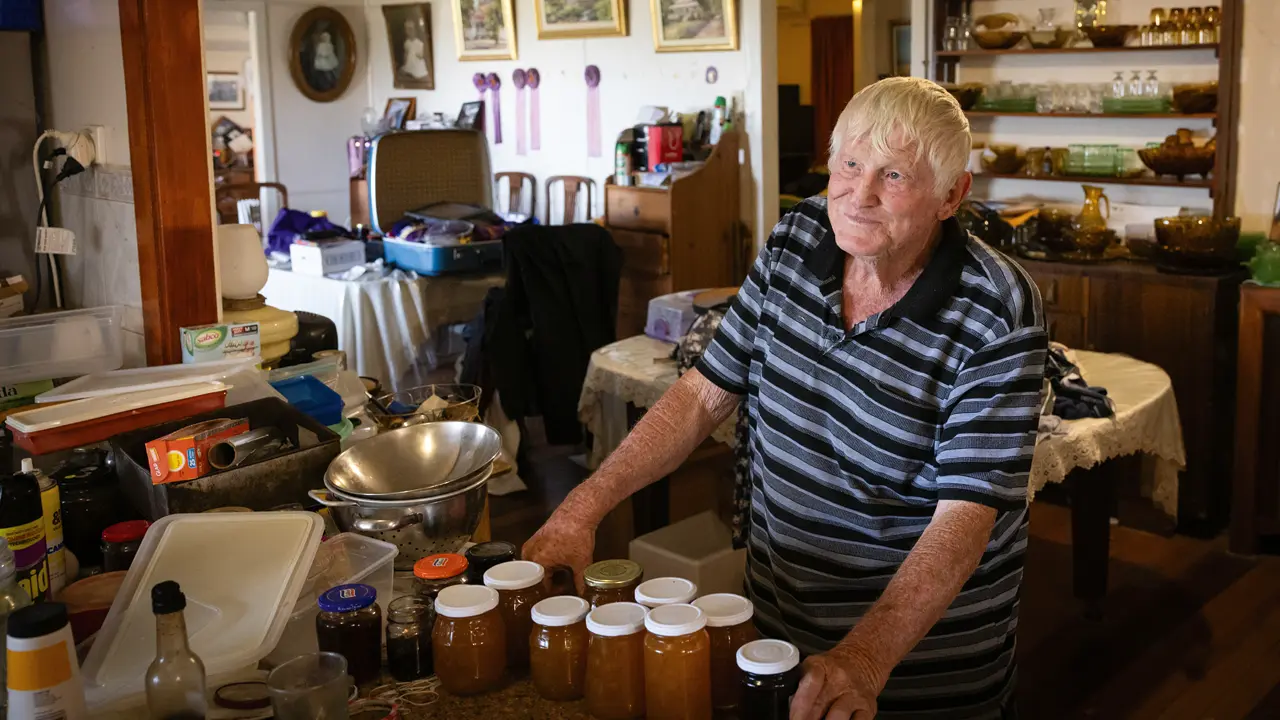This former denuded mining town has evolved into a green tourist attraction.
Story + Photos Andrew Bain
When Anthony Coulson was running around the hills of Queenstown on Tasmania’s west coast as a child in the 1970s, they were a very different place to today. The barren and bleak land was scorched bare by mining and barely had a tree. “It’s starkly different now,” Anthony says. “The tree growth has really accelerated in the past decade and the valley is quite green. Places where we used to play freely as kids are impenetrable now.”
Set deeply in the Queen River Valley, with 1,146m Mt Owen rising above, Queenstown was born from the discovery of gold in 1881, followed quickly by the copper that would become the town’s lifeline. By 1901, it was Tasmania’s third-largest town, home to more than 5000 people.
The Mt Lyell copper mine, the town’s largest employer, closed in 2014 after the deaths of 3 workers. Mining extracted a heavy price on the surrounds, with tree-felling and acid rain from sulphur emissions creating the famously bare moonscape. So familiar had the denuded slopes become that some locals are said to have bemoaned the return of greenery. “It’s not a myth; that’s real,” Anthony says. “There are still locals who’d much prefer bare hills.”
This story excerpt is from Issue #156
Outback Magazine: August/September 2024










